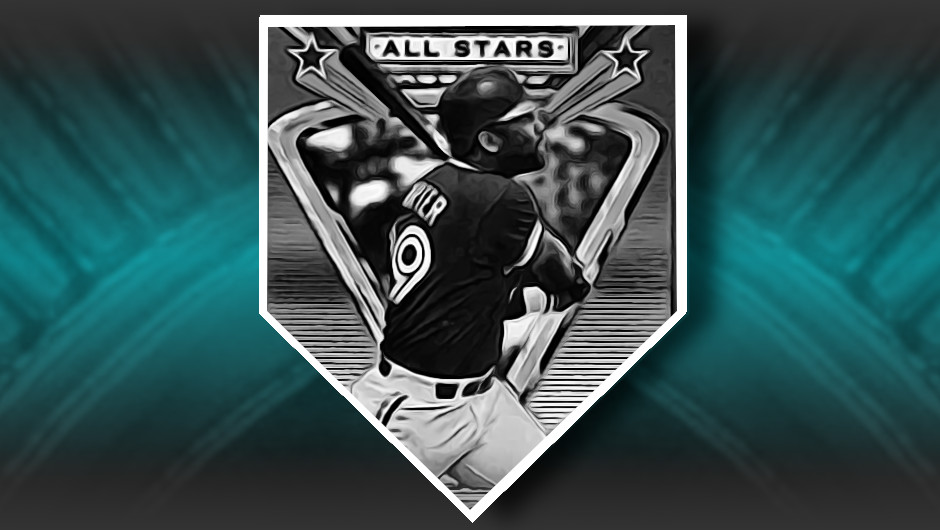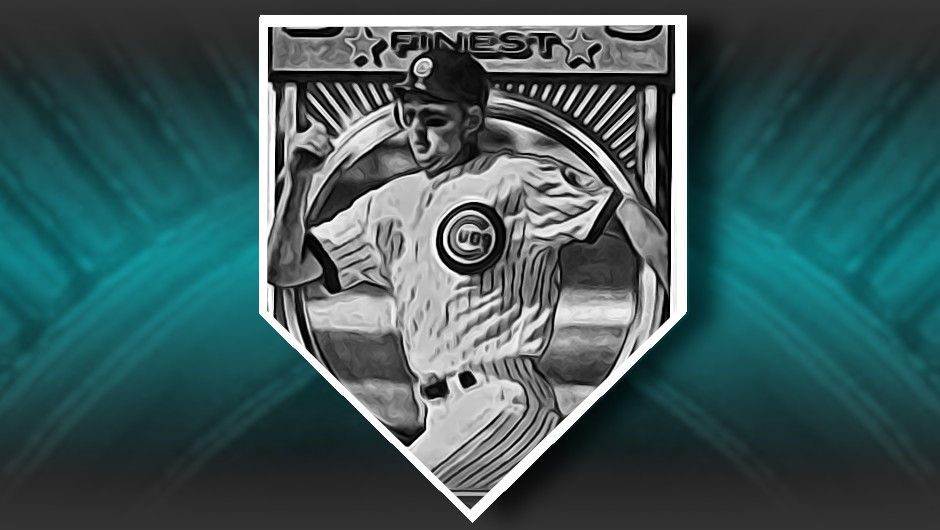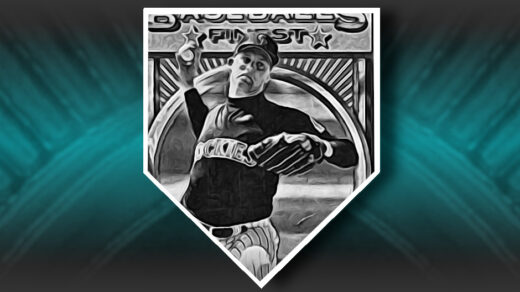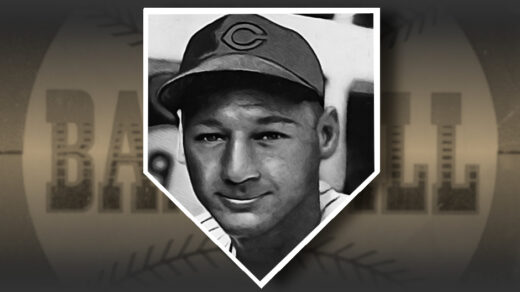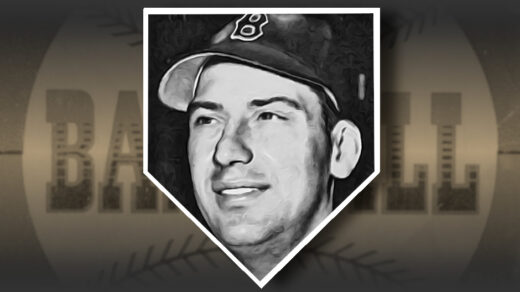Believe it or not, there was a time in the 1990s when Upper Deck’s Ken Griffey, Jr. card was not the most popular late-’80s rookie. The December 1990 Beckett Baseball Card Monthly price guide lists the smiling Griffey card as frequently changing hands at $20-$30 a pop. The same period saw an identical supply/demand equilibrium for the 1988 Score Update debut of another Rookie of the Year runner up, Mark Grace.
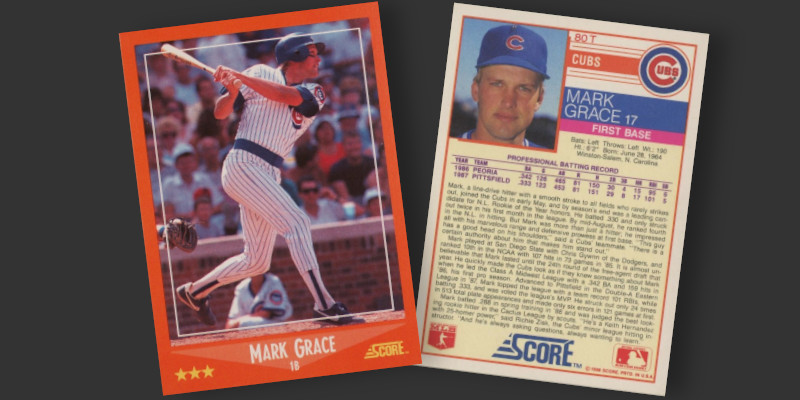
Score’s baseball product was differentiated from rivals through the writing found on card backs. Les Woodcock, a prolific writer for Sports Illustrated, wrote the text of each card and provided readers with extensive insights not often seen in the world of sports cards. While early Score products lacked the immediate visual appeal of Upper Deck, they were still eagerly snapped up by collectors looking for more than just stats and a handful of “This Way to the Clubhouse” quips from Topps.
In 1988, the same season in which Score debuted their new text-heavy cards, the Chicago Cubs trotted out a new first baseman Mark Grace. By the end of the year Grace was rapidly establishing himself among the game’s best hitters. Woodcock took note and penned the following introduction to collectors pulling Mark Grace rookies from Score’s Update set:
Mark, a line drive hitter with a smooth stroke to all fields who rarely strikes out, joined the Cubs in early May and by season’s end was a leading candidate for N.L. Rookie of the Year honors. He batted .330 and only struck out twice in his first month in the league.
The lack of strikeouts is indeed one of the most arresting aspects of Grace’s batting skills. Across each of his 16 seasons he maintained a strikeout ratio well into the single digits. Each of these seasons likewise saw him generate more walks than strikeouts, further cementing his ability to get on base. The streak of favorable walk:strikeout ratios wasn’t anything new, he had also demonstrated the same proportion in all his seasons of college ball.
Setting that aside, what Grace was known for more than anything else was making contact with the ball. Essentially billed as the Northside Chicago version of Tony Gwynn, he actually generated more hits than Gwynn (or anyone else) in the 1990s. His 1,754 base hits in that decade alone would be enough to rank well within the top 500 in baseball’s all-time hit list. This 10-year span produced more hits for Grace than the entire career totals of Nomar Garciapara (1,747), Jorge Posada (1,664), and Darryl Strawberry (1,401), all of whom played at least 14 seasons. Stepping back a bit further, Grace’s decade outhit the career totals of Hall of Famers Larry Doby (1,697), Mickey Cochrane (1,652), and Hank Greenberg (1,628).
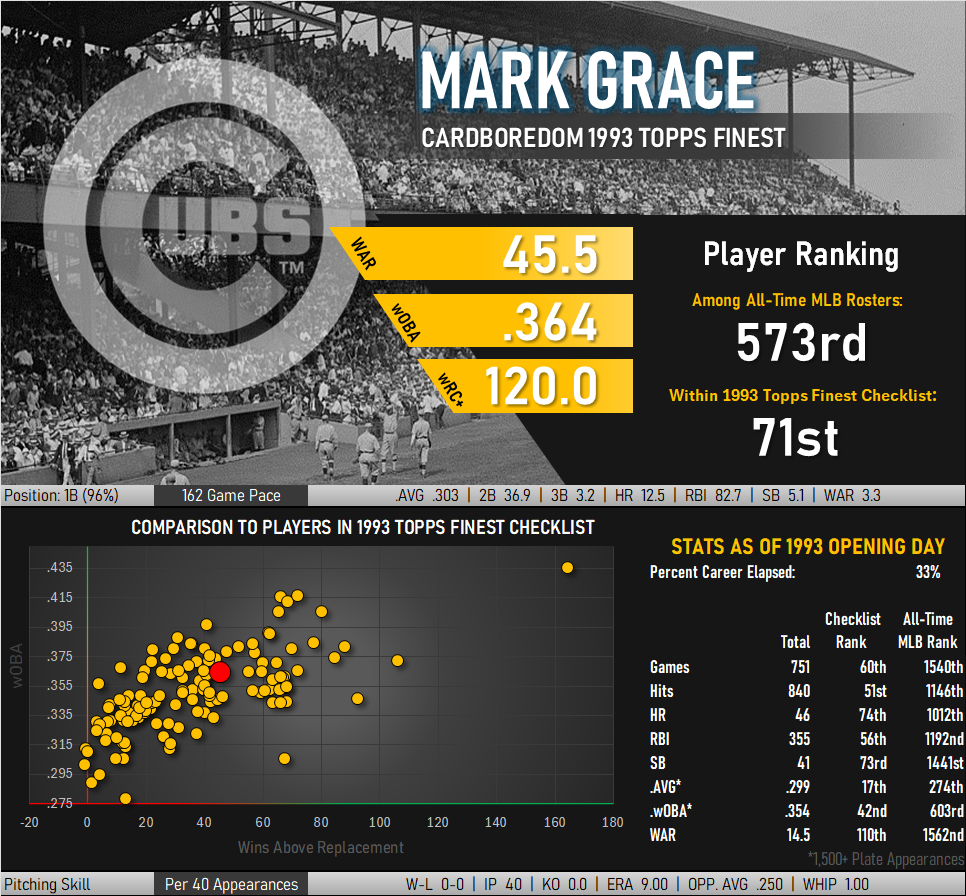
A Briefly Seen Card
Many cards with high collector interest are considered elusive. Many of the 1993 Finest Refractors can be given this description, though the manner in which the card earns it can change from name to name. Cards of Tim Raines and Curt Schilling, for example, are conditional rarities due to the difficulty in finding properly centered examples. Persistent hoarders have from time to time made certain cards difficult to obtain. The names subject to this constraint on supply change over the years, but have included Mickey Tettleton, Orel Hershiser, and Lance Johnson at different points in time.
Collector turnover also greatly affects how often a card is encountered. Barry Bonds refractors exist in the same quantity as the others, but typically change hands on a weekly basis. There is a great deal of turnover in Bonds cards so collectors can afford to wait until the next one pops up. Some names, such as Nolan Ryan and Cal Ripken, have intense, long term player collectors searching for their cards. Once added to one of these collections they are effectively removed from circulation and take many years to resurface.
Grace has his own following of devoted player collectors who regularly search for his refractor. These collectors are tough to compete against and I found the card somewhat maddening to track down for my collection. Many cards from the set are listed on various online platforms and often take a week or more to find a new home. While Grace cards are advertised at a similar rate to others in the checklist, I have found the time from listing to final sale to be exceptionally brief. The card gets listed and an hour later has been picked up by someone else. Constant searching seems to be the only way to really have a shot at this one.



